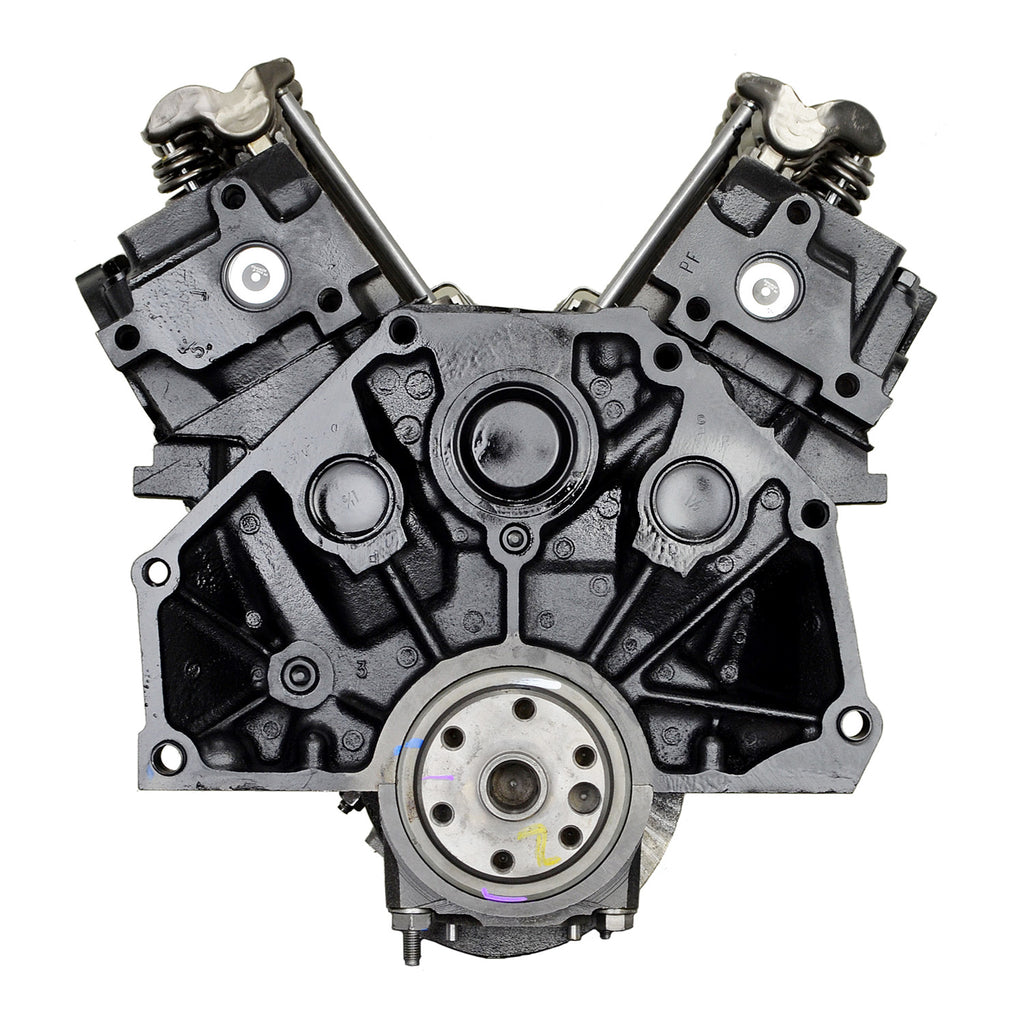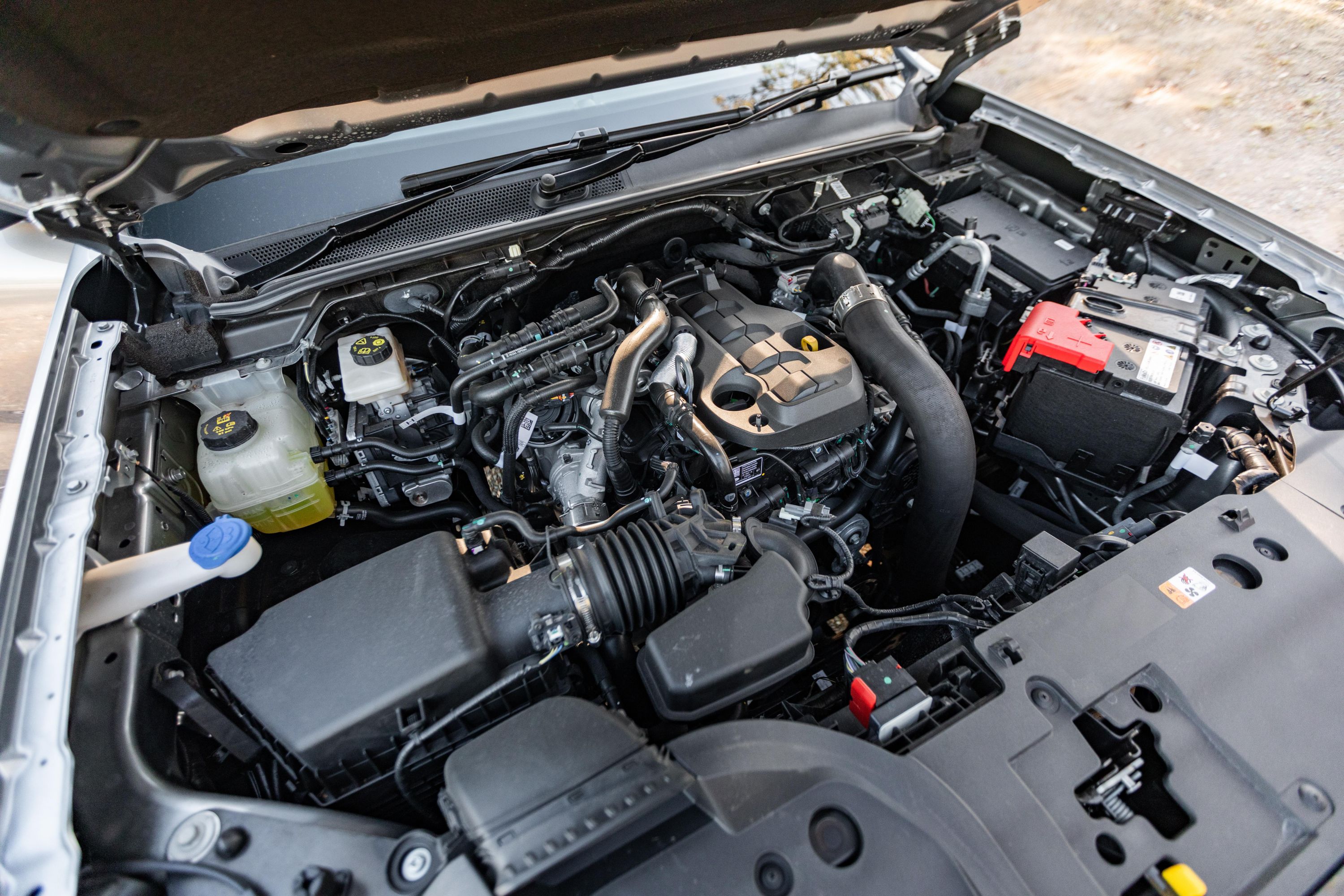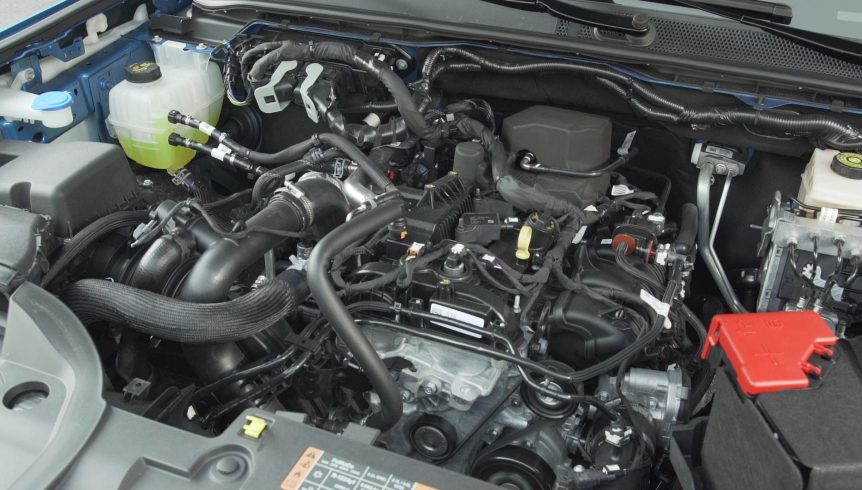Comprehending the Essentials of Automobile Engines: Attributes, functions, and types

Summary of Car Engines
A car engine functions as the heart of a vehicle, transforming gas into power to push it onward. This complex system makes up different components that function in unison to make certain ideal efficiency and performance. The basic operation of a car engine entails the internal burning procedure, wherein fuel and air are combined, stired up, and removed to create power.
The engine's style can significantly affect its performance, fuel performance, and exhausts. Secret components consist of the cyndrical tube block, pistons, crankshaft, and camshaft, each playing a critical role in the engine's general function.
Along with these parts, engines often use numerous systems such as gas shot, ignition, and cooling down systems to enhance performance and long life. Recognizing the standard technicians of car engines is crucial for executing and detecting concerns upkeep, inevitably adding to the automobile's dependability and effectiveness over time.

Kinds of Auto Engines
Vehicle engines can be classified into numerous kinds based upon their style, gas kind, and functional concepts. 2.2 ford ranger engine. The most typical classifications include internal combustion engines (ICE), electrical engines, and crossbreed engines
Inner combustion engines, which can be more split right into gasoline and diesel motor, run by stiring up a fuel-air mix to create power. Gas engines are typically lighter and smoother, while diesel engines are a lot more fuel-efficient and deal better torque.
Electric engines utilize electrical energy stored in batteries to power an electric motor, giving immediate torque and absolutely no discharges throughout operation. As technology breakthroughs, electric cars (EVs) are increasingly coming to be popular for their environmental advantages and reduced running prices.
Hybrid engines integrate aspects of both internal combustion and electrical engines, enabling versatile power sources and boosted gas efficiency. They can operate in various modes, making use of either the fuel engine, the electric motor, or both concurrently.
Each kind of engine has distinctive advantages and disadvantages, affecting their application in various lorry types and market sectors, from small vehicles to heavy-duty trucks. Understanding these kinds is essential for making educated choices relating to lorry selection and efficiency expectations.
Engine Features Explained
Recognizing engine features is vital for comprehending how lorries run effectively. At the core of any internal combustion engine exists the fundamental process of converting fuel into mechanical energy.
The ignition takes place next, sparking the mixture and developing a rapid development of gases. This pressure drives the piston down throughout the power stroke, which ultimately equates right into the rotational movement of the crankshaft. The exhaust stroke after that expels the invested gases from the chamber, making method for a brand-new cycle to begin.
Along with these main features, engines additionally integrate systems that manage cooling and lubrication, ensuring optimum functional temperature levels and lowering rubbing in between moving components. This elaborate interaction of features enables the engine to generate the power necessary for automobile propulsion while preserving performance and reliability. Comprehending these features offers beneficial insight right into the complexities of automotive engineering and boosts the ability to identify and deal with engine-related issues successfully.
Key Engine Features
Engine layout includes a number of crucial attributes that significantly affect performance, longevity, and performance. Among one of the most crucial aspects is the engine configuration, which includes inline, V-type, and level styles. Each configuration affects the engine's balance, size, and power output, thus affecting overall automobile dynamics.
Another necessary feature is the engine variation, describing the complete volume of all cylinders. Larger variations commonly yield more power however may compromise gas efficiency. Engine materials also play a pivotal duty; light-weight and high-strength products, such as light weight aluminum and magnesium alloys, improve performance without adding excessive weight.
The kind of fuel shot system employed-- such as multi-port or straight injection-- influences burning efficiency and emissions. Turbocharging and supercharging are functions that boost engine efficiency by requiring extra air into the combustion chamber, raising power outcome without substantially raising engine dimension.
Last but not least, the visibility of innovative engine administration systems optimizes fuel-air combination and ignition timing, adding to smoother procedure and far better fuel economic climate. Jointly, these attributes define an engine's capacities, establishing the foundation for its performance and long life in an affordable automotive landscape.
Upkeep Tips for Engines
Correct engine maintenance is crucial for ensuring ideal performance and long life, as overlooking regular care can cause significant issues down the line. To preserve your engine successfully, start with regular oil changes, normally every 3,000 to 7,500 miles, depending upon the sort of oil made use of. Fresh oil lubricates engine parts, decreasing rubbing and wear.
In addition, keeping track of coolant degrees is essential to stop webpage getting too hot. Make sure that the coolant is topped up and is in great condition to keep reliable temperature guideline. Consistently inspect and replace air and gas filters, as clogged up filters can hinder air flow and gas delivery, endangering engine performance.
Moreover, take notice of spark plugs and ignition systems. Used or malfunctioning ignition system can cause misfiring and minimized performance. Checking the battery terminals and links for corrosion is likewise important, as a weak battery can affect engine beginning.

Final Thought
In recap, a thorough understanding of cars and truck engines includes different types, functions, and vital attributes that dramatically affect automobile performance. Interior combustion engines, in addition to electric and hybrid options, show varied devices for energy conversion. 2.2 ford ranger engine. Acknowledging the necessary features, such as consumption and exhaust cycles, alongside crucial engine features like configuration and fuel injection systems, equips auto owners with the understanding required for reliable maintenance and operation, eventually improving car long life and performance
An automobile engine serves as the heart of a lorry, transforming fuel right into mechanical power to push it forward. The basic operation of a cars and truck engine involves the inner burning procedure, in which gas and air are mixed, stired up, and gotten rid of to develop go to website power.
Routinely examine and replace air and gas filters, as stopped up filters can impede air movement and fuel delivery, compromising engine efficiency. - 2.2 ford ranger engine
In summary, a detailed understanding of automobile engines includes various kinds, functions, and vital features that dramatically affect car performance. Recognizing home the necessary features, such as consumption and exhaust cycles, along with critical engine functions like arrangement and fuel shot systems, outfits cars and truck owners with the understanding needed for efficient maintenance and procedure, ultimately boosting car longevity and efficiency.